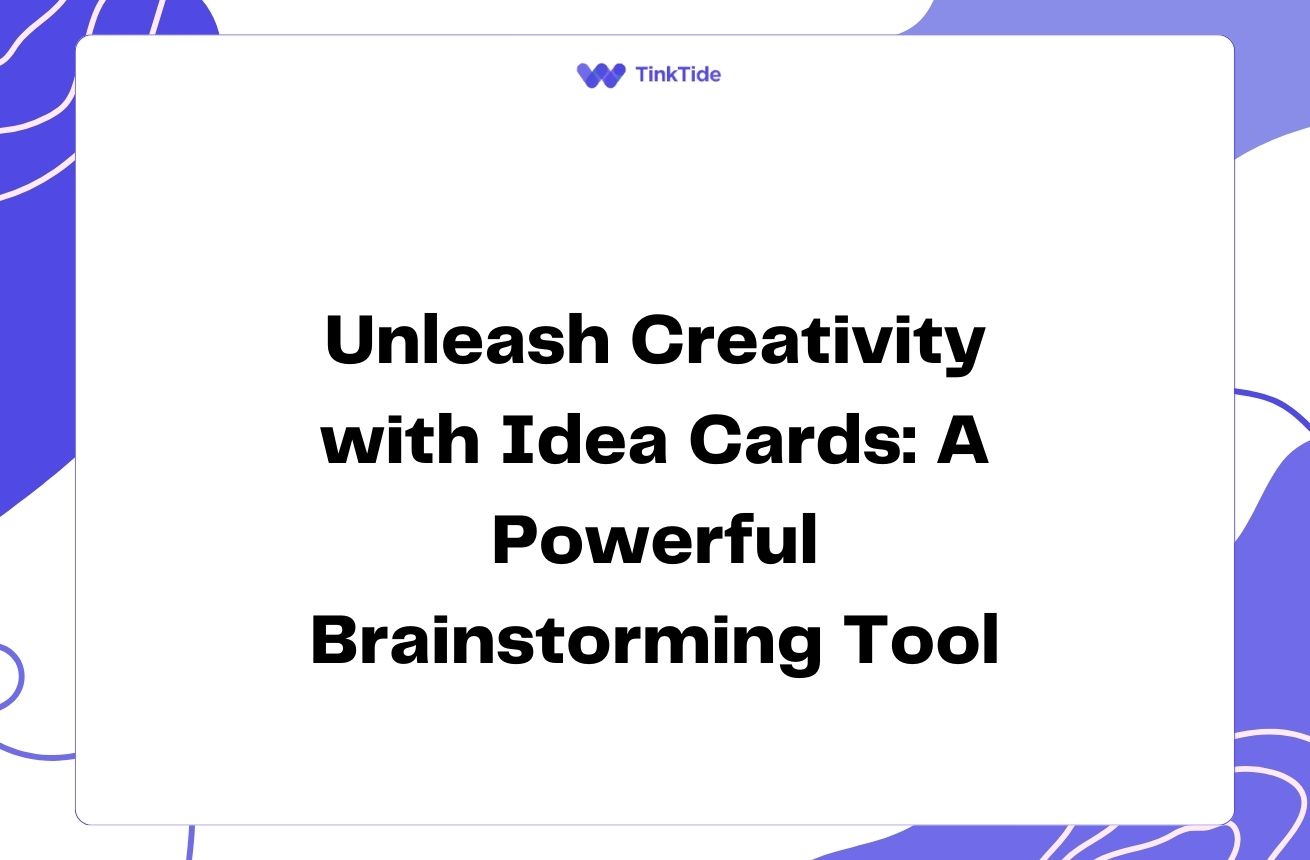Mastering User Personas: Boost Your Product's UX
Understanding User Personas
User personas are fictional representations of your ideal customers, based on real data and research. They help you understand your users' needs, experiences, behaviors, and goals. By creating detailed user personas, you can design products and services that truly resonate with your target audience.
Effective user personas go beyond basic demographics. They include psychographic information such as personality traits, values, and lifestyle choices. This comprehensive approach allows you to create a more nuanced and accurate representation of your users.
For example, instead of simply stating 'female, age 25-34,' a well-crafted persona might describe 'Sarah, a 28-year-old marketing manager who values work-life balance and is always looking for ways to streamline her workflow.'
By humanizing your users in this way, you can better empathize with their needs and design solutions that address their specific pain points and desires.
Benefits of Using User Personas
Incorporating user personas into your design process offers numerous advantages:
- Improved user-centered design focus
- Enhanced team alignment and communication
- More effective marketing and messaging
- Increased user satisfaction and loyalty
- Better prioritization of features and improvements
Creating Effective User Personas
To create impactful user personas, start by gathering data through user research. This can include surveys, interviews, analytics data, and customer feedback. Look for patterns and commonalities among your users to identify distinct persona types.
When crafting your personas, include the following elements:
- Name and photo (to make the persona feel real)
- Demographics (age, location, job title, etc.)
- Goals and motivations
- Pain points and frustrations
- Behaviors and habits
- Preferred communication channels
- Technology proficiency
Remember, the goal is to create personas that are specific enough to be meaningful, but general enough to represent a significant portion of your user base.
Tools like Xtensio's User Persona Template can help you organize and visualize your persona information effectively.
Applying User Personas to UX Design
Once you've created your user personas, it's time to put them to work. Here are some ways to leverage personas in your UX design process:
1. Feature Prioritization: Use your personas to evaluate potential features. Ask yourself, 'Would Sarah find this feature valuable?' This helps you focus on developing features that truly matter to your users.
2. User Flow Design: Map out user journeys based on your personas' goals and behaviors. This can help you identify pain points and opportunities for improvement in your product's navigation and functionality.
3. Content Strategy: Tailor your content and messaging to resonate with your personas. This includes everything from marketing copy to in-app instructions and error messages.
4. Visual Design: Consider your personas' preferences and needs when making design decisions. For example, if your persona represents users with visual impairments, you might prioritize high-contrast color schemes and larger font sizes.
Continuous Refinement
User personas are not static documents. As your product evolves and you gather more user data, it's important to refine and update your personas regularly. This ensures that your UX design decisions remain aligned with your users' changing needs and expectations.
Consider conducting regular user research sessions, such as usability tests or customer interviews, to validate and refine your personas. Tools like Hotjar can provide valuable insights into user behavior that can inform your persona updates.
By keeping your personas up-to-date, you ensure that your UX design efforts remain focused and effective over time.
Measuring the Impact of User Personas
To gauge the effectiveness of your user personas, track key UX metrics before and after implementing persona-driven design changes. Some metrics to consider include:
- User satisfaction scores
- Task completion rates
- Time-on-task
- Conversion rates
- Customer support ticket volume
Tools like Google Analytics and Mixpanel can help you track these metrics and measure the impact of your UX improvements.
By demonstrating the positive impact of user personas on your product's UX, you can justify continued investment in user research and persona development.
Address common questions
Here are some frequently asked questions about using user personas to improve UX:
How many user personas should I create?
The ideal number of personas depends on your product and user base. Generally, 3-5 personas are sufficient to represent most user groups without becoming overwhelming. Focus on creating distinct, well-defined personas rather than aiming for a specific number.
Can I use fictional data to create user personas?
While it's tempting to create personas based on assumptions, it's crucial to base them on real user data. Fictional personas can lead to misguided design decisions. Always use actual research and data to inform your persona creation process.
How often should I update my user personas?
User personas should be reviewed and updated regularly, ideally every 6-12 months. However, if you notice significant changes in your user base or receive new insights from user research, update your personas accordingly.
Can user personas help with marketing efforts?
Absolutely! User personas can inform your marketing strategy by helping you craft targeted messages that resonate with specific user groups. They can guide everything from ad copy to email campaigns and social media content.
What if my product serves a diverse user base?
For products with diverse user bases, create multiple personas to represent different user segments. Prioritize the most important or largest user groups, and consider creating secondary personas for smaller but significant user segments.
How can I get my team to embrace using user personas?
Involve your team in the persona creation process, share success stories of how personas have improved UX, and make personas easily accessible. Consider creating posters or digital resources that keep personas top-of-mind during design discussions.
Provide additional resources
A Closer Look at Personas: What They Are and How They Work
An in-depth exploration of user personas and their role in UX design
User Persona Template
A free, customizable template for creating user personas
The ROI of User Experience
Learn how to measure and communicate the value of UX improvements
User Research Methods
An overview of various user research methods to inform your persona creation
Personas: The Foundation of a Great User Experience
A comprehensive guide to creating and using personas in UX design
Summarize key takeaways
User personas are powerful tools for enhancing your product's user experience. By creating detailed, research-based representations of your target users, you can make more informed design decisions and create products that truly resonate with your audience.
Remember to base your personas on real data, update them regularly, and actively use them throughout your design process. From feature prioritization to content strategy, user personas can guide every aspect of your UX design efforts.
Start incorporating user personas into your UX design process today, and watch as your product's usability and user satisfaction improve. Your users—and your bottom line—will thank you.
Elevate Your UX Design with Data-Driven Insights
Ready to create user personas that drive real results? Let Tinktide help you gather the data you need to build impactful personas.
Start Your Free Trial

